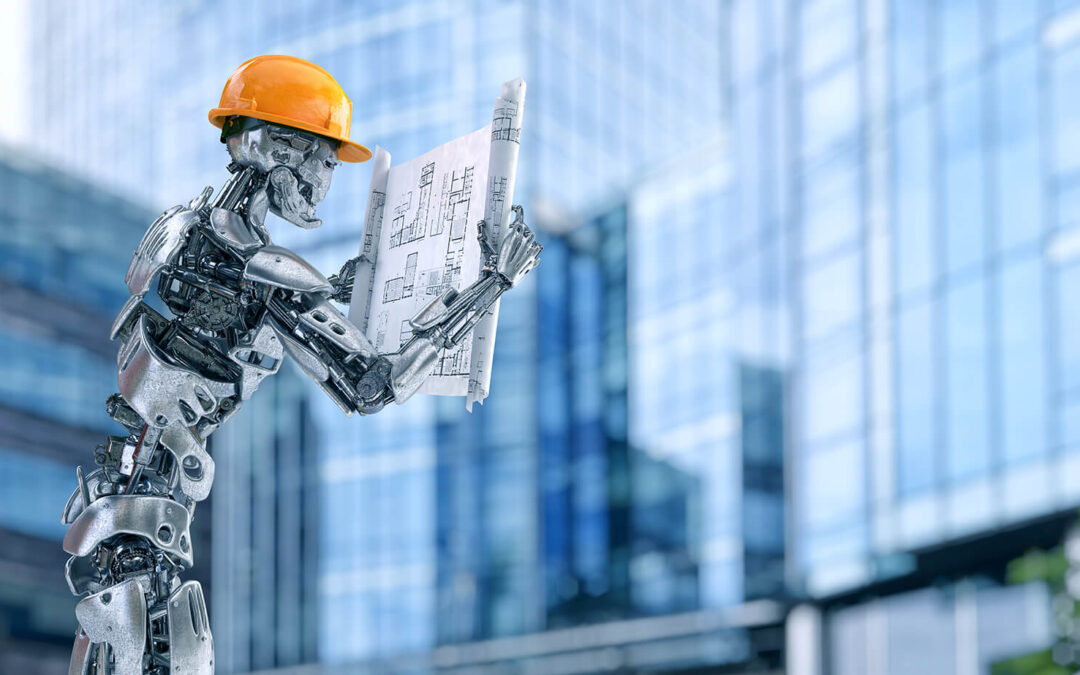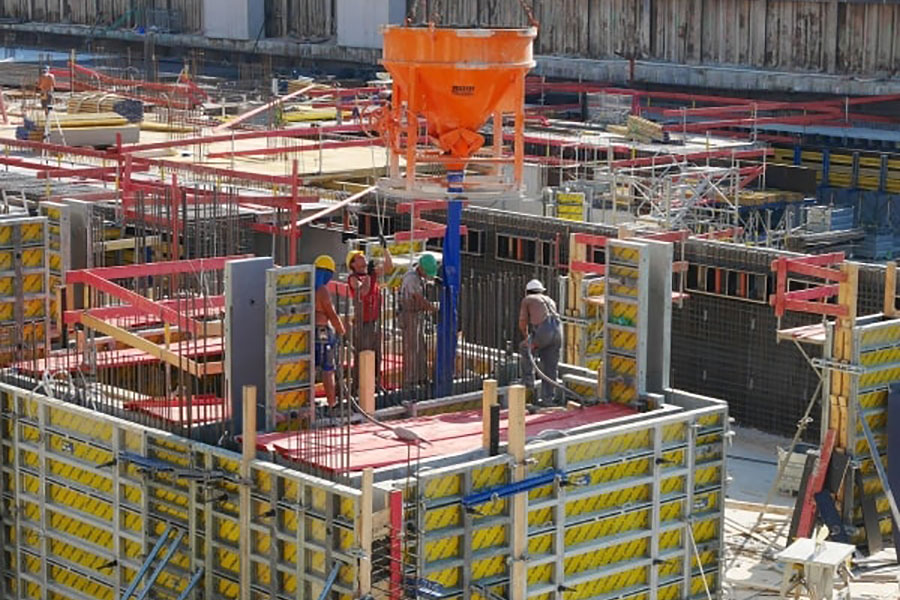

The future of home improvement is evolving, with innovative construction trends poised to transform how we build, renovate, and design our homes. These advancements are offering unprecedented opportunities to create more efficient, sustainable, and personalized living spaces. From cutting-edge technologies like 3D printing to the rise of modular construction and sustainable materials, the home improvement landscape is undergoing a significant shift. Many homeowners are struggling to keep up with these developments and make informed decisions about these changes. This guide will explore the exciting innovations in home improvement, identifying the challenges and offering solutions for those seeking to understand these advancements and make smart choices for their homes. This guide is structured to cover the key aspects of 3D printing, modular construction, and sustainable material usage, highlighting the impact of each on cost, sustainability, and the future of housing.
3D Printing: Revolutionizing Construction
Revolutionizing Construction
3D printing is rapidly emerging as a powerful tool in the construction industry, offering a novel approach to home building. This technology is changing the way homes are designed and built, potentially revolutionizing construction practices. With the ability to create complex structures with intricate designs and detailed layers using various materials, the scope for customization is immense. Imagine a home built precisely to your specifications, with optimized space utilization and personalized features. A notable example is the use of 3D-printed concrete components in residential buildings, enabling architects and designers to incorporate previously unimaginable architectural styles.
Practical Applications
3D printing in construction isn’t limited to residential projects. It’s finding applications in other areas, such as building infrastructure, creating complex architectural forms, and producing customized parts. One notable use case involves creating custom components for specific buildings, optimizing construction timelines and potentially reducing waste through targeted material usage. With 3D printing, the focus shifts from pre-cast components to building in place, offering increased flexibility in design and customization. Companies are working towards efficient 3D printing processes for sustainable materials like concrete and other composite materials, to help lower costs.
Modular Construction: Streamlining the Process
Faster and More Efficient Construction
Modular construction is revolutionizing how homes are assembled. This method involves constructing building components (like walls, floors, and kitchens) in a factory setting, often using pre-fabricated materials. This approach significantly improves efficiency and precision, leading to faster project completion times. The factories have improved quality control, and assembly on site is often faster and cleaner, resulting in fewer delays and on-site errors.
Cost and Time Savings
One of the biggest benefits of modular construction is the potential for cost and time savings. Prefabricated components reduce on-site labor and material handling, which directly impacts project costs. Pre-assembly of components also allows for more accurate scheduling, reducing overall project timelines. Moreover, better quality control in factory settings can lower errors and potential rework, leading to improved overall efficiency. Modular construction has been utilized successfully in residential projects, demonstrating its potential across various segments of the housing market.
Sustainable Materials: Eco-Friendly Choices
Environmental Impact
The rise of sustainable materials is paramount in minimizing the environmental footprint of home improvement projects. By utilizing materials with reduced embodied carbon, renewable resources, and minimal waste, builders can contribute to a more sustainable future. This trend reflects a broader global shift towards environmentally friendly practices, particularly in residential construction. For instance, wood from responsibly managed forests and recycled or reclaimed materials are increasingly favored by environmentally conscious builders.
Reduced Environmental Impact
Choosing materials with lower environmental impact is more than just a trend; it’s a necessity. Studies consistently show that building with sustainable materials can reduce the overall carbon footprint of a home. This includes the embodied carbon in materials, transportation emissions during delivery, and potential waste generated throughout the construction process. Using sustainable alternatives like bamboo, recycled steel, and reclaimed wood can all help reduce the environmental impact of home building.
Enhanced Durability
Furthermore, sustainable materials often exhibit remarkable durability, ensuring longevity for structures while minimizing the need for replacements or repairs, which can directly contribute to long-term economic and environmental benefits.
The Role of Technology in Home Improvement
Innovative Design Tools
Technology continues to reshape the home improvement landscape, offering innovative design tools, automation features, and communication platforms for seamless collaboration throughout the process. Software and online platforms allow architects and designers to create detailed, 3D models, giving clients a virtual walkthrough of their future homes. This helps in visualizing designs and facilitating effective communication between all stakeholders.
AI-Powered Tools
AI-powered tools are also revolutionizing design and construction. These tools can analyze large datasets of building materials, optimize designs, and forecast potential project costs, ultimately saving significant time and resources for builders. AI can also enhance energy efficiency by generating optimized building layouts tailored to specific climates.
Future Trends and Challenges
Adapting to Future Needs
The future of home improvement will need to address the evolving needs of homeowners. Customization and personalization will become increasingly important, enabling individuals to craft homes that reflect their specific lifestyles and preferences. This will involve a need for greater flexibility and adaptability in construction methods.
Integration of Smart Home Technology
The integration of smart home technology into construction processes and final homes will be crucial. Automated systems, energy-efficient appliances, and remote monitoring features will streamline operations and enhance convenience for homeowners. These features will also help optimize energy consumption and create more sustainable living environments.
Addressing Cost Considerations
Despite the various advantages of these innovative construction trends, cost considerations will remain a vital aspect. While some techniques may initially have a higher up-front cost, longer-term benefits such as reduced utility bills and enhanced resale value can significantly outweigh these initial expenses.
Frequently Asked Questions
What are the potential risks of adopting new construction methods?
New construction methods, while promising, also come with potential risks. These include cost overruns if not properly planned, material inconsistencies if not vetted carefully, or unforeseen complications during construction. Thorough research, vendor selection, and adherence to building codes are crucial in mitigating these risks. Consulting with qualified professionals experienced in the new methods is highly recommended.
How can homeowners ensure that their home improvements are sustainable?
Homeowners can incorporate sustainable elements into their home improvements by selecting materials with low environmental impact, opting for energy-efficient appliances and systems, and utilizing sustainable building practices like passive design principles. Choosing recycled or reclaimed materials, using low-VOC paints, and prioritizing energy-efficient windows and insulation are simple steps in enhancing sustainability.
How much will the construction costs be impacted by these new innovations?
The costs associated with these innovative construction trends can vary significantly. The potential for reduced material costs in some cases can offset the costs of implementing new technologies. However, 3D printing and modular construction can increase upfront costs in some instances. Ultimately, consulting with construction professionals and obtaining detailed cost estimates is essential for informed decision-making.
What role does government regulation play in shaping the future of home improvement?
Government regulations play a crucial role in shaping the future of home improvement by setting standards for safety, sustainability, and building codes. These regulations help ensure the safety of homeowners and promote the responsible use of innovative technologies. Changes in building codes may be necessary to accommodate new technologies and construction techniques.
In conclusion, the future of home improvement is bright, driven by innovative construction trends like 3D printing, modular construction, and sustainable materials. These advancements promise efficiency, affordability, and eco-friendliness in home building, making it accessible to a broader range of homeowners. To embrace these innovations, homeowners should stay informed about emerging technologies and explore sustainable construction options. Further research into specific local building codes and regulations, as well as consulting with experienced builders, will allow you to confidently navigate the exciting advancements in home improvement.
Ready to learn more about these exciting innovations? Explore the resources below for more insights and inspiration!